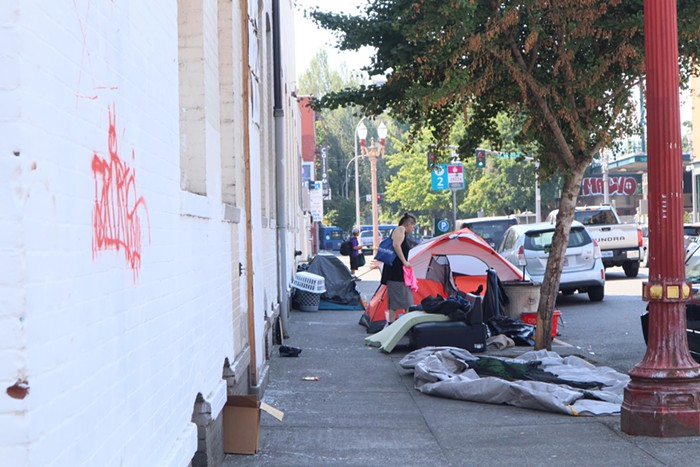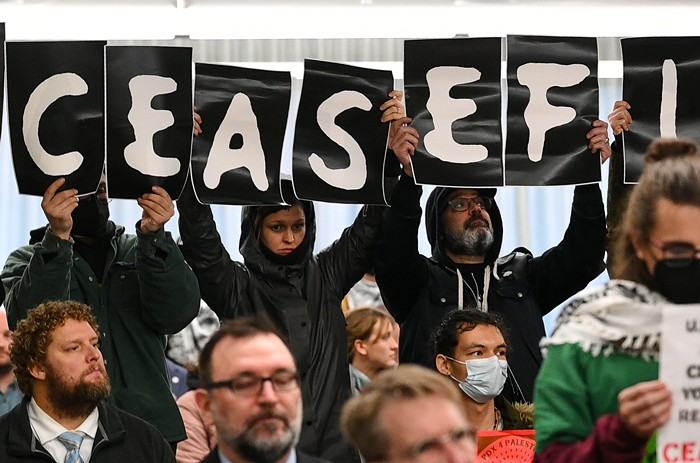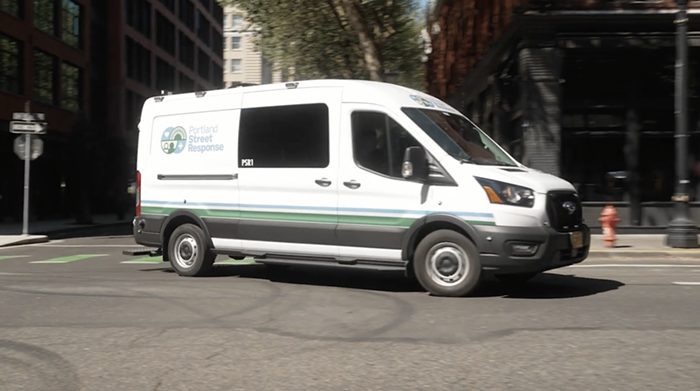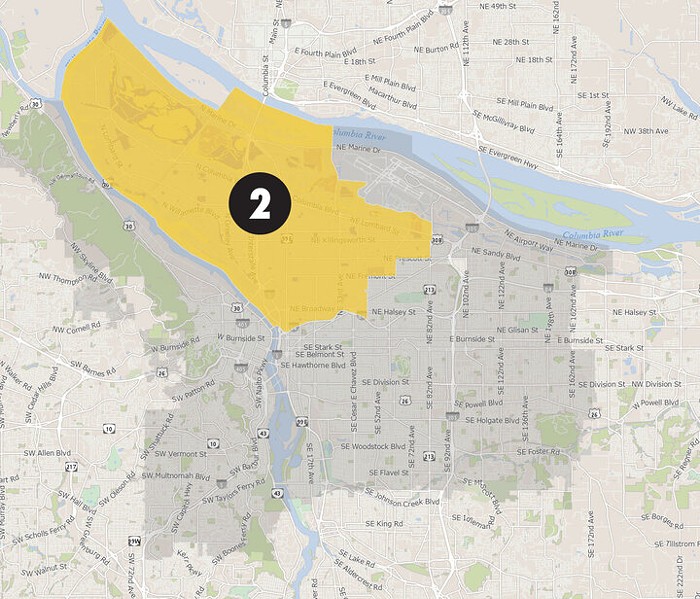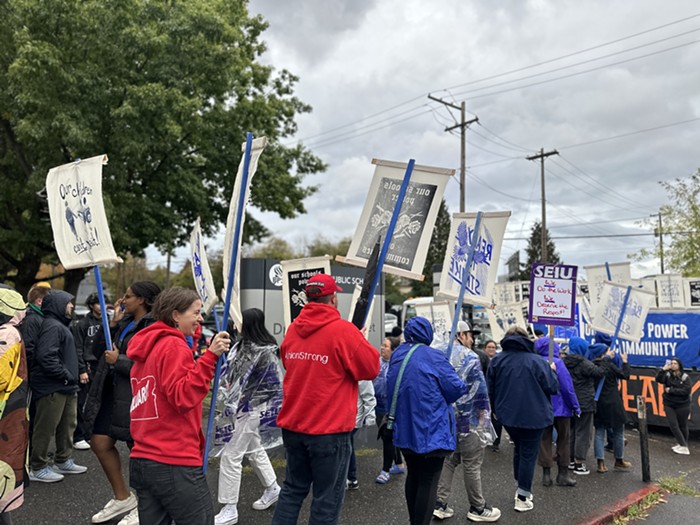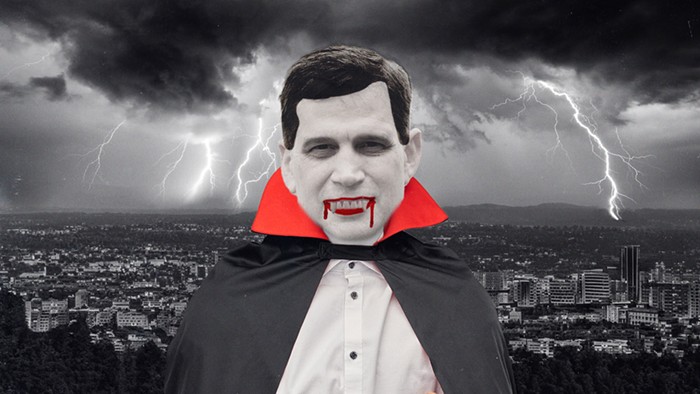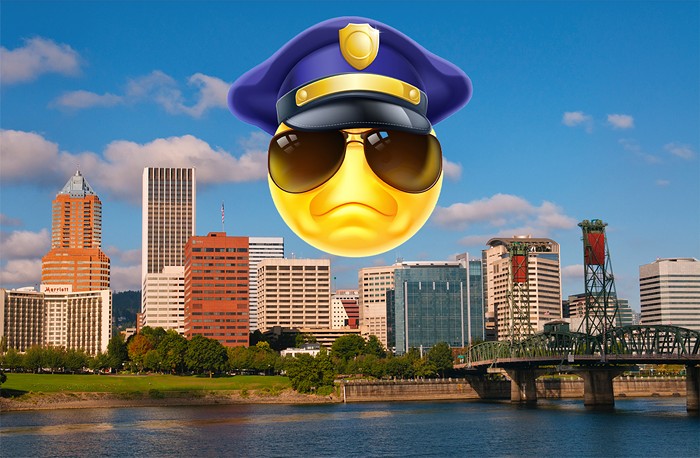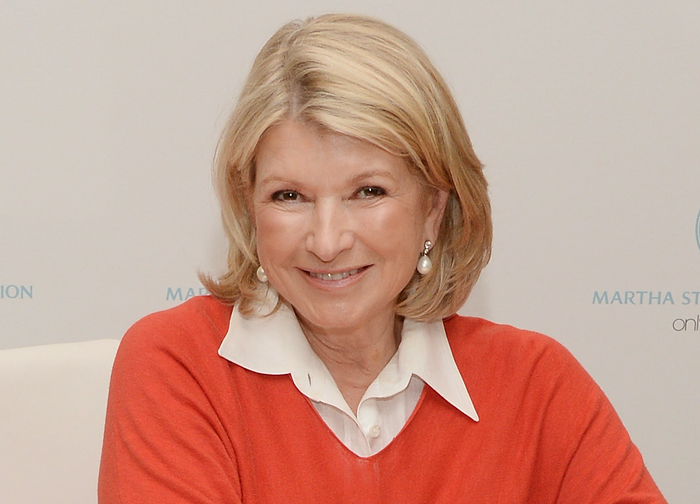After Mayor Adams announced a stay of execution for Memorial Coliseum yesterday, I thought tonight's planned rally to save the building would be sort of back-patting victory party.
But instead, the 30 planners and preservationists who gathered downtown tonight had some harsh critiques of the Rose Quarter redevelopment process and say they'll keep pressuring the city to slow down the major projects planned for the area. "What seems to be lacking is a vision. The questions they're asking are can it all fit, can it be done on a budget, but not, is it the right thing for Portland? It's not like the tram, where the goal was, 'Let's make something great,'" says designer Randy Higgins.
"What do you think about the process for this redevelopment?" I asked.
"There is no process!" says architect Stuart Emmons, "They figure out what they're going to do and then try to jam it down our throats! This is enormous. This project has all these implications and we're trying to decide it on a weekend."
Higgins, Emmons and others are upset that, so far, the design of the Rose Quarter projects have been given to large corporations instead of finding local talent to do the job. Cordish Company is signed up to turn the area into Rose Quarter Live! and the Beavers ballpark design was given to Ellerbe Becket, an architecture firm with no offices in Portland but offices in DC, Dallas and Dubai.
"We're a town that's got a reputation for visionary design and we didn't get that reputation by hiring out of town designers," complains strategic designer Don Rood. "The local creative class is not really part of the equation," agrees Higgins.
In his announcement yesterday, the mayor said he feels an urgency to move quickly on the Rose Quarter both because the city needs to meet Major League Soccer's deadlines and because "stimulus projects" like the stadium will ease the 18 percent unemployment in Oregon's construction industry. Also I should point out that it wasn't the city who hired Cordish to redevelop the Rose Quarter, the Blazers have development rights on the area. But it's a valid question to ask whether local talent (and businesses) could be a bigger part of the development. The angry architects are meeting with the mayor's staff tomorrow morning - we'll see what sort of plans come out of that discussion.
At the back of the room during the low-key "rally" were two architects who actually helped design Memorial Coliseum back in the mid-60s. Bill Rouzie and Ned Kirschbaum are old enough to remember when the Winterhawks were called the Buckaroos. I asked what they thought of all the recent hubbub over the merits of their building (to quote: Memorial Coliseum is "an ugly monstrosity"). "I like it quite a lot. On nice days when people were ice skating, they could bring the curtains down and look out at the city," recalled Kirschbaum. "There's always going to be split opinion," replied Rouzie, explaining how the Coliseum's design came about. "The thing we hated was the mouselike approach to the seats in most stadiums, where you walk blindly through these dark corridors." 
Rouzie personally designed the big chip at the front of the Coliseum (seen here sheltering Blazer's refugees). "Detail wise it takes a lot to design something simple," says Rouzie.
